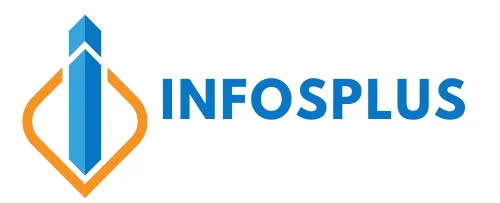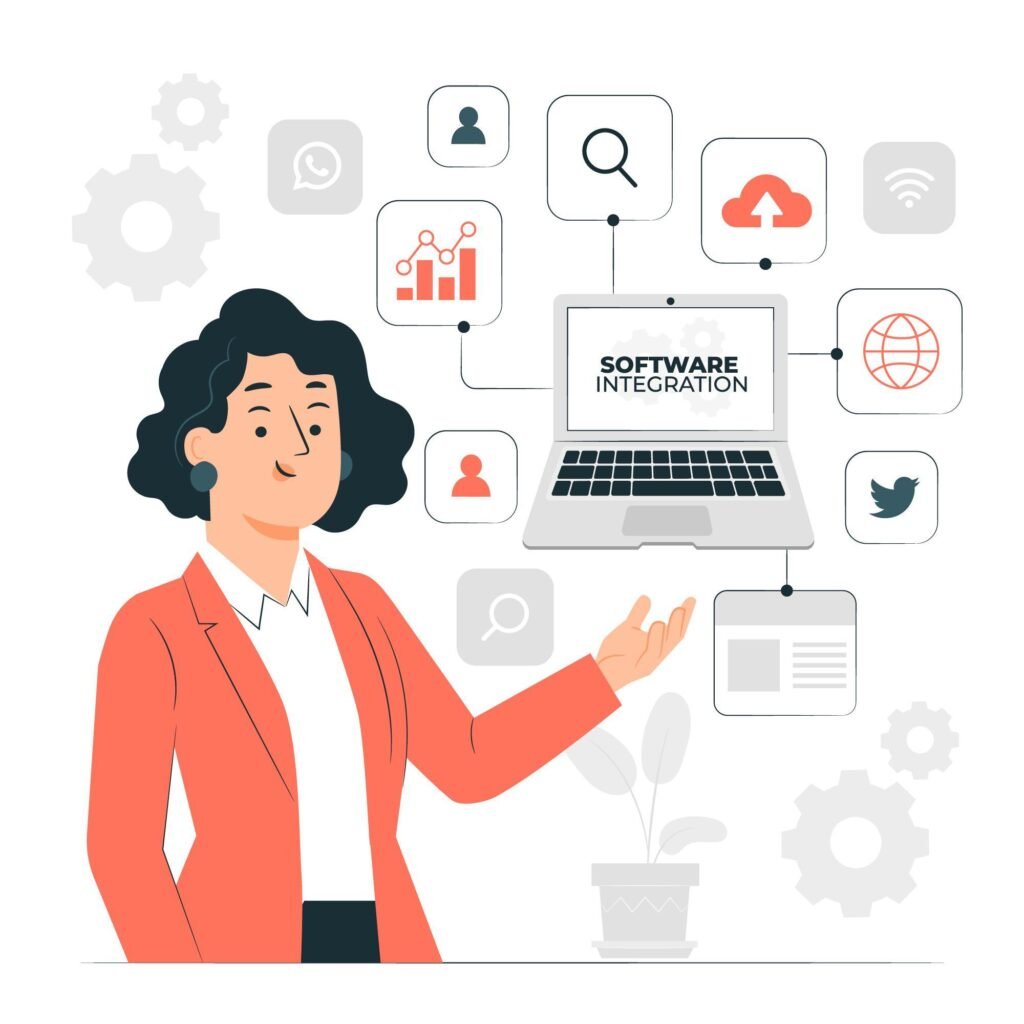In today’s digital landscape, where businesses strive to remain agile and competitive, understanding the cloud computing options available to you is essential. Two such pivotal service models are iPaaS (Integration Platform as a Service) and PaaS (Platform as a Service). These platforms serve different purposes, yet both play a vital role in enhancing operational efficiency and enabling seamless business processes. In this article, we will explore the key distinctions between iPaaS and PaaS, helping you make informed decisions for your organization.
What is iPaaS?
iPaaS is a cloud-based suite of services designed specifically for integrating applications and data across different environments. This is particularly important as businesses increasingly adopt a mix of cloud-based and on-premises systems. Let’s break down the key features and common use cases of iPaaS:
Key Features of iPaaS
- Seamless Integration: iPaaS solutions enable you to connect disparate applications, whether they exist in the cloud or on local servers. This ensures smooth data flow and communication between systems.
- Real-Time Data Synchronization: With iPaaS, you can achieve real-time data sharing between different applications, ensuring that your teams always have access to the most current information.
- Pre-Built Connectors: Many iPaaS platforms come with an array of pre-built connectors for popular applications like Salesforce, HubSpot, and others, significantly accelerating integration processes.
- User-Friendly Interface: iPaaS solutions typically offer intuitive drag-and-drop interfaces, making them accessible even for users without extensive technical backgrounds.
- Robust Security Measures: iPaaS providers often implement strict security protocols, ensuring that data remains protected during transfers and integrations.
Common Use Cases for iPaaS
- Data Integration: Companies utilize iPaaS to consolidate data from various sources, improving data quality and accessibility across the organization.
- Workflow Automation: iPaaS can automate complex workflows that involve multiple applications, reducing manual intervention and increasing operational efficiency.
- Real-Time Analytics: By integrating data sources, organizations can perform real-time analytics, gaining insights that drive decision-making.
What is PaaS?
PaaS provides a cloud-based environment that allows developers to build, deploy, and manage applications without needing to manage the underlying infrastructure. This can significantly simplify the development process and speed up time-to-market for new applications. Let’s delve into the key features and common use cases for PaaS:
Key Features of PaaS
- Development Frameworks: PaaS offers various frameworks, libraries, and tools that help streamline the application development process.
- Managed Hosting: PaaS takes care of hosting, scaling, and load balancing of applications, enabling developers to focus more on writing code and less on infrastructure management.
- Collaboration Tools: Many PaaS solutions include features that facilitate collaboration among development teams, such as integrated project management tools and version control.
- Support for Multiple Languages: PaaS platforms typically support a range of programming languages and frameworks, giving developers the freedom to choose the tools that best fit their needs.
Common Use Cases for PaaS
- Application Development: Organizations leverage PaaS for developing a wide variety of applications, including web applications, mobile apps, and microservices.
- API Development: PaaS solutions can simplify the creation and management of APIs, which enhances interoperability between applications.
- Testing and Staging: Developers use PaaS environments for testing applications in a controlled setting before deploying them to production.
Key Differences Between iPaaS and PaaS
Understanding the differences between iPaaS and PaaS is crucial for selecting the right solution for your business needs. Here are the primary distinctions:
1. Functionality and Purpose
- iPaaS: Primarily focused on integrating applications and data across different environments.
- PaaS: Geared towards developing, testing, and deploying applications.
2. Integration Capabilities
- iPaaS: Offers robust integration tools and services, making it ideal for organizations looking to connect various applications.
- PaaS: While it may include some integration features, its primary focus is on application development.
3. Target Audience and Use Cases
- iPaaS: Suited for businesses seeking to integrate multiple applications and data sources to streamline operations.
- PaaS: Best for developers who need a development environment to create, test, and deploy applications efficiently.
4. Pricing Models
- iPaaS: Often employs usage-based pricing, charging based on the number of integrations or data transfers.
- PaaS: Typically offers subscription models based on the resources consumed, such as computing power or storage.
Benefits of iPaaS Services
Adopting iPaaS services can significantly enhance your organization’s efficiency. Here are some key benefits:
- Streamlined Integration: Easily connect multiple applications and automate data flows, reducing manual data entry and errors.
- Scalability and Flexibility: As your business grows, iPaaS allows you to adjust integrations without significant changes to your existing infrastructure.
- Enhanced Collaboration: Facilitate better collaboration across departments by integrating various tools and applications, promoting a more unified work environment.
Benefits of PaaS
Utilizing PaaS offers substantial benefits for both developers and organizations:
- Development Speed: Rapidly develop and deploy applications without the complexities associated with managing underlying hardware and software.
- Reduced Infrastructure Management: PaaS providers manage the infrastructure, allowing your team to focus on development and innovation.
- Support for Multiple Programming Languages: The flexibility of using various languages and frameworks simplifies the development process and helps teams find the right tools for their projects.
Choosing the Right Option for Your Business
When deciding between iPaaS and PaaS, consider the following factors:
1. Current Needs
Determine if your primary requirement is integration (iPaaS) or application development (PaaS).
2. Future Growth
Evaluate how your needs might evolve as your business expands, and choose a platform that can scale with you.
3. Budget
Assess your budget and how each service aligns with your financial goals.
Questions to Ask:
- What specific problems are you trying to solve with these services?
- Do you have a dedicated development team, or are you looking primarily for integration solutions?
- How do you plan to scale your operations in the future?
Conclusion
In conclusion, both iPaaS and PaaS serve essential roles in the modern cloud computing landscape, but they cater to different organizational needs. By understanding their unique functionalities, features, and benefits, you can make an informed decision that aligns with your business objectives. Whether you require seamless integration through iPaaS services or a robust application development environment through PaaS, the right choice will enhance your operational efficiency and support your growth trajectory.



More Stories
How Dentostack Facilitates Easy Management of Dental Clinics
Buy IPv4 Addresses or Lease IPv4 Addresses
How AWS Database Certified Video Course Help?